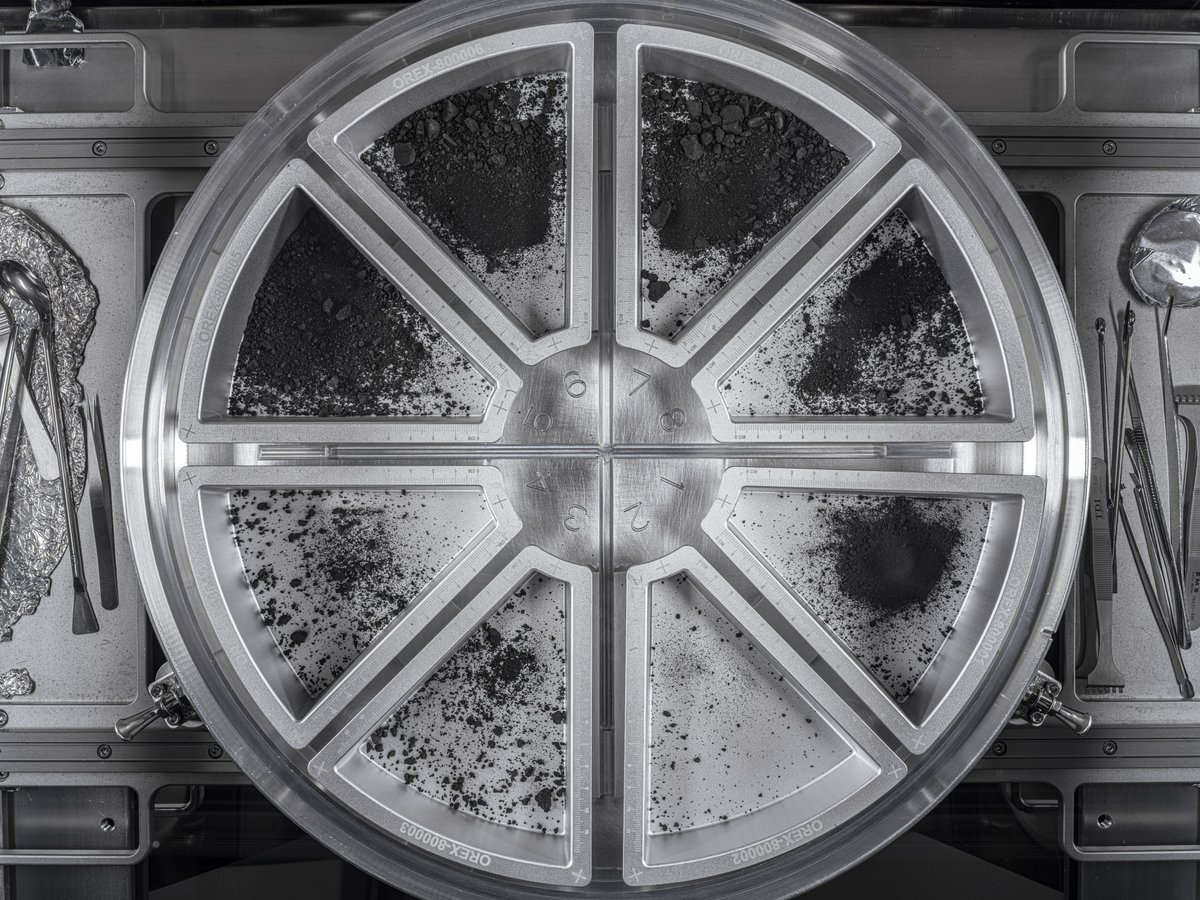
How to get URL link on X (Twitter) App




 The maneuver will put Lucy on a course that will carry it through the main asteroid belt, where it will fly past the unexplored asteroid Donaldjohanson, then onto a Trojan asteroid swarm: go.nasa.gov/4iy7zdV
The maneuver will put Lucy on a course that will carry it through the main asteroid belt, where it will fly past the unexplored asteroid Donaldjohanson, then onto a Trojan asteroid swarm: go.nasa.gov/4iy7zdV




 Evidence suggests that deep below its surface, Saturn's planet-sized moon Titan hides a global ocean of water. NASA's Dragonfly mission, now in development, will send a rotorcraft to fly through Titan's atmosphere. science.nasa.gov/saturn/moons/t…
Evidence suggests that deep below its surface, Saturn's planet-sized moon Titan hides a global ocean of water. NASA's Dragonfly mission, now in development, will send a rotorcraft to fly through Titan's atmosphere. science.nasa.gov/saturn/moons/t…

 That little dot is actually a complex, intriguing world. Europa is about size of Earth's Moon. Beneath its cold outer shell of ice, scientists think it hides a global ocean of liquid water. The evidence came from several NASA spacecraft that flew by Jupiter over the years... 2/6
That little dot is actually a complex, intriguing world. Europa is about size of Earth's Moon. Beneath its cold outer shell of ice, scientists think it hides a global ocean of liquid water. The evidence came from several NASA spacecraft that flew by Jupiter over the years... 2/6 



https://twitter.com/NASASolarSystem/status/1573368966625591296To the naked eye, Jupiter will appear as a very bright "star." Here's what it looked like earlier this week as seen through a skylight in a lava tube at Craters of the Moon National Monument.


 Two small moons of Saturn, Janus & Epimetheus, share very similar orbits around the planet, and they regularly swap positions. This series of images was captured by Cassini. go.nasa.gov/3giKM6T
Two small moons of Saturn, Janus & Epimetheus, share very similar orbits around the planet, and they regularly swap positions. This series of images was captured by Cassini. go.nasa.gov/3giKM6T

 The #DARTMission spacecraft has separated from the @SpaceX rocket, and is on its way to the Didymos double asteroid system, where it is expected to arrive late next year.
The #DARTMission spacecraft has separated from the @SpaceX rocket, and is on its way to the Didymos double asteroid system, where it is expected to arrive late next year. 


 The Juno spacecraft continues its approach on the night side of Ganymede.
The Juno spacecraft continues its approach on the night side of Ganymede.
